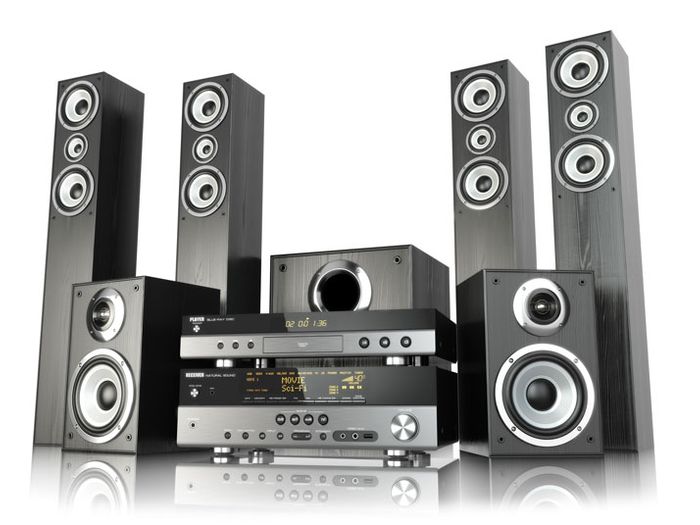
Whole-house audio systems were expensive and difficult to install only a few short years ago. That has changed due to technological advances, a reduction in manufacturing costs, and an increase in options available to consumers. However, finding the right audio system for your home is just the beginning of the process. The real challenge comes in determining how to install the system so you get the best listening experience possible.
Selecting the Components
Regardless of the format in which you listen to your music, you must convert it from a digital to an analog signal. Most whole-house audio systems come with a digital-to-analog converter to help you do this. The next step is to choose your amplifier. Since analog amplifiers come in a variety of amps, it comes down to a matter of evaluating efficiency and performance. You may also want to consider Class D amplifiers as they are less likely to produce signal distortion and are more efficient in general.
The last step here is to choose speakers. If you choose in-ceiling speakers, be sure to keep them a minimum of two feet away from nearby walls. For the best sound production, in-wall speakers should be higher than ear-level. It's also important to place the speakers a good distance apart to create an even disbursement of audio sounds.
Calibrating the Sound
To improve the sound even further, consider doing a calibration test using a sound pressure level with test tones. You can find this online or by purchasing a CD. Next, move to the ideal listening spot in the room and play a test sound. You may need to make adjustments in the frequency response using the equalizer settings on your home audio system.
Popular online music stores have perfected the compression of audio files to the point where most people can't discern the compression. If you're looking for the ultimate experience in home audio, you may want to consider music that has been compressed using a more sophisticated algorithm. Several new streaming services are available that provide this.
